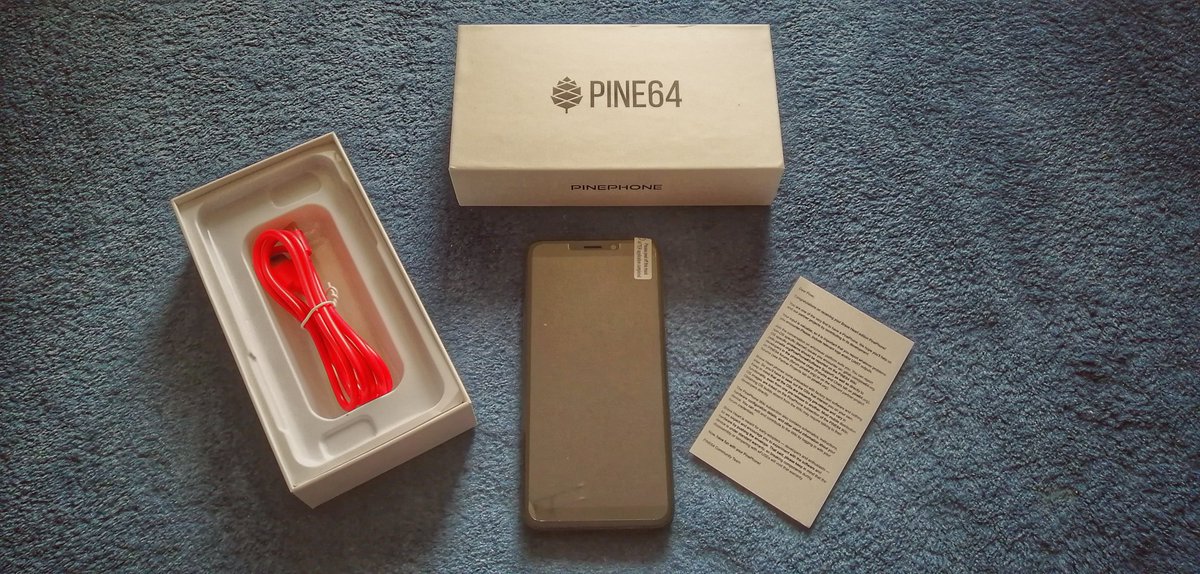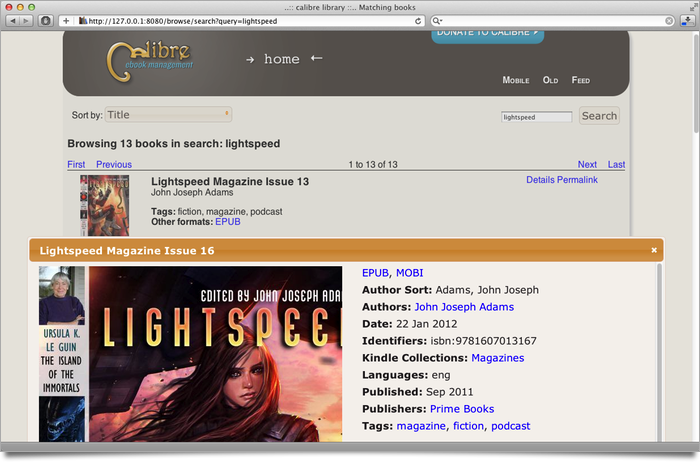

Information and items to have before you start (* is mandatory, O is optional): Difference between du and df is interesting.)) That amount of disk space seems a bit much.

Database reporting in LazyLibrarian says I only have 624 books and 263 audio. (For comparison, I have 28GB of eBooks at the moment, as well as 164 GB of audiobooks. In retrospect, 20-30 is probably more than enough, but I'm still figuring our the room for metadata. At some point, I'll dial them both down by half or more. The processors almost never come into play. Currently giving the system 4GB of RAM, 4 processors, and 70 GB of space, NOT counting space for the library. Not sure if it matters, but I'm running it in a VM.
Calibre server install#
I'm assuming a plain vanilla install of Debian that you've booted into once, updated packages, and rebooted if necessary. To get started, you need a Linux installation. Hopefully coming soon will be some short guides for things you'll encounter after the installation (why won't my audiobooks import, why aren't calibre entries being written, etc.) As well as an inevitable edit of this guide once all of the flaws and shortcomings have been located. And my choices are not always correct for me, let alone for you. I've tried to call out options where they are available and give some reasoning behind my choices.

There are some things that should come in a certain order to make life easier. If you follow this, please read through the whole thing first. This is a more or less step by step guide to install. I know some of you want to run it in Docker, or on a Synology, or on Windows. Or, if you back your library up to something like Dropbox, it can connect directly to that.Here's a guide to help you install a nice library suite on a Linux system.
Calibre server android#
Be sure to put it behind some sort of nginx reverse proxy like linuxserver.io/swag (Heads up, the base configs don't work because of how the Synology handles the default bridge network, so you have to hardcode the connection info).ģ) Calibre-Companion app on android devices is a decent front end to connecting to the webserver. The tl dr is make sure that you have a media user which can access those files, and set the PUID/PGID to match the media user. This is what I use, but setting it up is a little more complex than this high level overview. It works, but it's ok.Ģ) You mentioned the linuxserver/calibre-web docker image. If you already have an existing Library, you can set it to move the library to the new location.ġ) You can use the built in Calibre Server as the other commenter mentioned.
Calibre server download#
Be sure to give whatever user you plan on connecting as access to the folder.ģ) Under the Computer ribbon at the top, select "Map network drive"Ĥ) Select drive letter, and specify the folder as "\ with the info and don't put the braces or quote marks in.Ĥc) Select both "Reconnect at sign-in" and "Connect using different credentials"ġ) Install Calibre as normal from Calibre Download PageĢ) Set your library location to be the share you're mounting from your NAS. Your call on name, but this is where your calibre library will live. I'm assuming you're working on a Windows-based computer, fyi.ġ) Be sure that SMB sharing is enabled (Control Panel -> File Services)Ģ) Create a new shared folder (Control Panel -> Shared Folder) to mount on your computer.
Calibre server free#
Awesome! In that case, I'll keep this pretty high level, but feel free to ask any questions you might have.


 0 kommentar(er)
0 kommentar(er)
